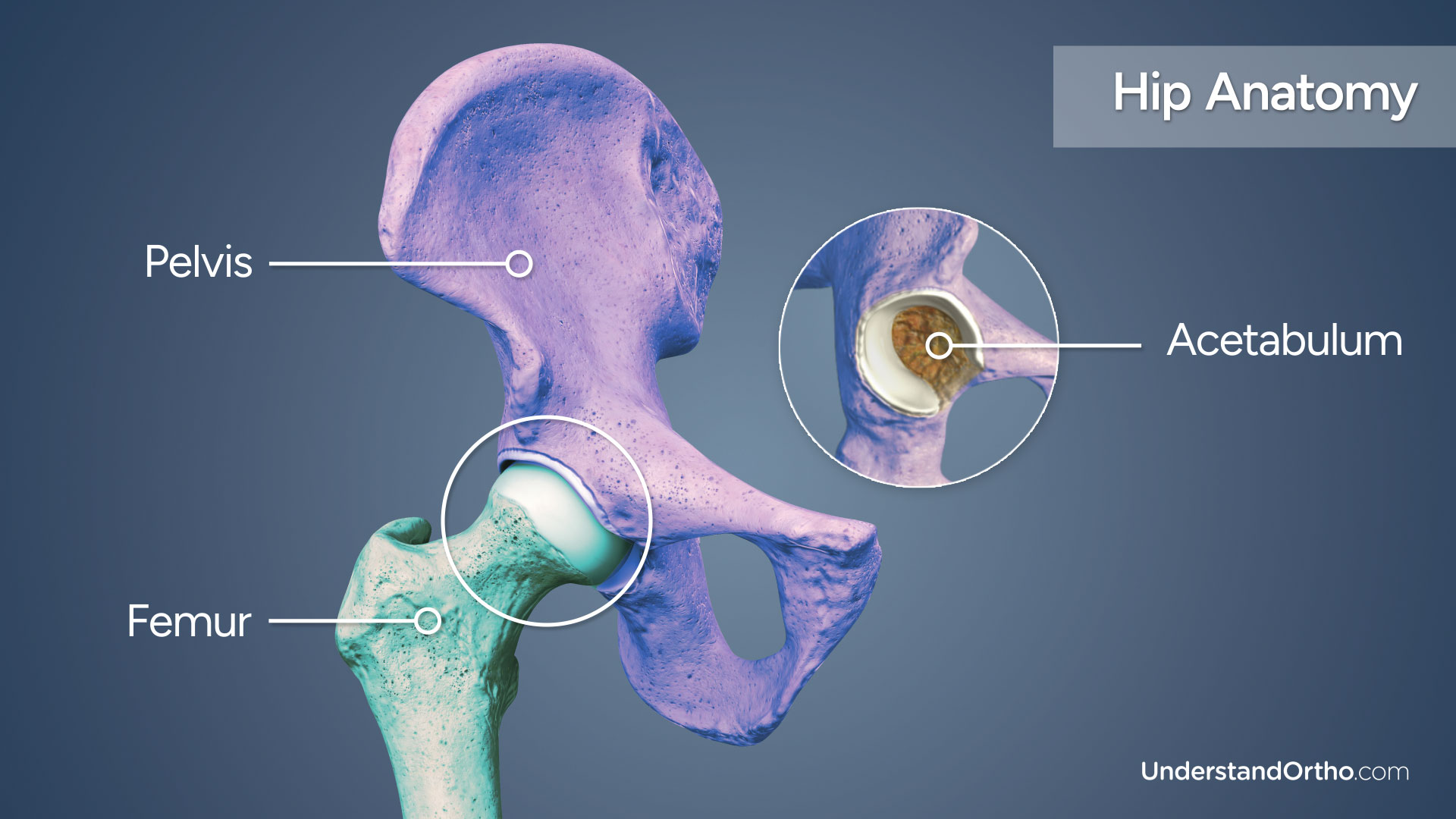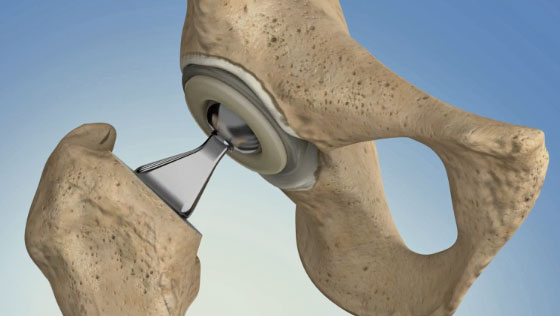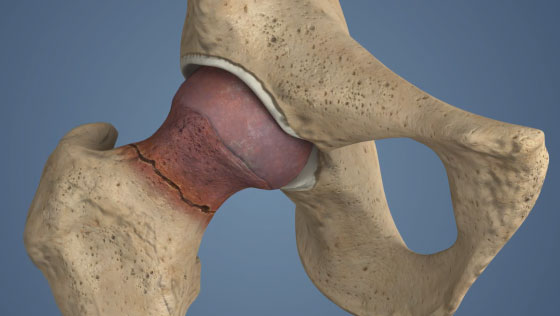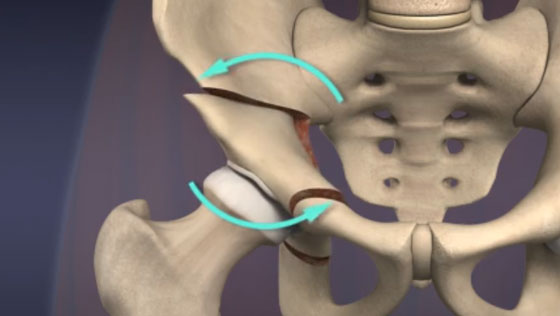What is Diagnostic Hip Arthroscopy?
Diagnostic hip arthroscopy is a minimally-invasive surgical procedure performed to identify and treat disease or damage inside the hip joint. A camera attached to an instrument called an arthroscope is utilized during the procedure.
Key statistics about Diagnostic Hip Arthroscopy
- Over 50% of arthroscopic hip procedures are performed on patients less than 50 years old[1]
- Approximately 63% of patients who undergo hip arthroscopy procedures are women[1]
- Only 1.3% of patients who undergo hip arthroscopy experience 30-day postoperative complications[2]
Hip Anatomy
The hip is a ball-and-socket joint formed by two bones: the femur and the pelvis. The head of the femur rests in the socket of the pelvis, also called the acetabulum.
Articular cartilage covers the ends of the bones, reducing friction as the hip moves.

Why is Diagnostic Hip Arthroscopy performed?
Hip arthroscopy is performed primarily to identify and relieve hip pain associated with damage to cartilage, bone or soft tissue of the hip. Problems may include:
- Arthritis
- Bone spurs
- Torn labrum

Who needs Diagnostic Hip Arthroscopy?
Individuals who have sustained an injury or degenerative condition of the hip that has not responded to nonsurgical treatment may undergo diagnostic hip arthroscopy.
How is Diagnostic Hip Arthroscopy performed?
- The surgeon will make small incisions around the hip joint and the arthroscope will be inserted into one of the incisions.
- Saline solution is pumped into the joint to expand it and improve visualization.
- Images from the arthroscope are sent to a video monitor where the surgeon can see inside the joint.
- Using the video monitor as a guide, the surgeon will locate the problem area and make a diagnosis.
- Finally, the saline solution is drained, instruments are removed, and the incisions are closed using sutures.
What are the risks of Diagnostic Hip Arthroscopy?
It is uncommon to experience complications from diagnostic hip arthroscopy but potential risks may include:
- Infection
- Blood clots
- Tissue damage
- Nerve damage
How long does it take to recover from Diagnostic Hip Arthroscopy?
-
24 hours after surgery
Most patients are able to return home the same day as their procedure. Pain medication and blood thinners may be prescribed. -
1-3 days after surgery
The patient may be asked to wear a brace or use crutches in the days following the procedure. -
2 weeks after surgery
Any non-dissolvable sutures are removed and bruising and swelling begin to subside.
What are the results of Diagnostic Hip Arthroscopy?
Diagnostic hip arthroscopy is a minimally-invasive procedure that typically has a faster recovery time and fewer complications than open hip surgery. Ultimately, the results of diagnostic hip arthroscopy depend upon the specific diagnosis and treatment.
Find an Orthopedic Doctor in Your Area





